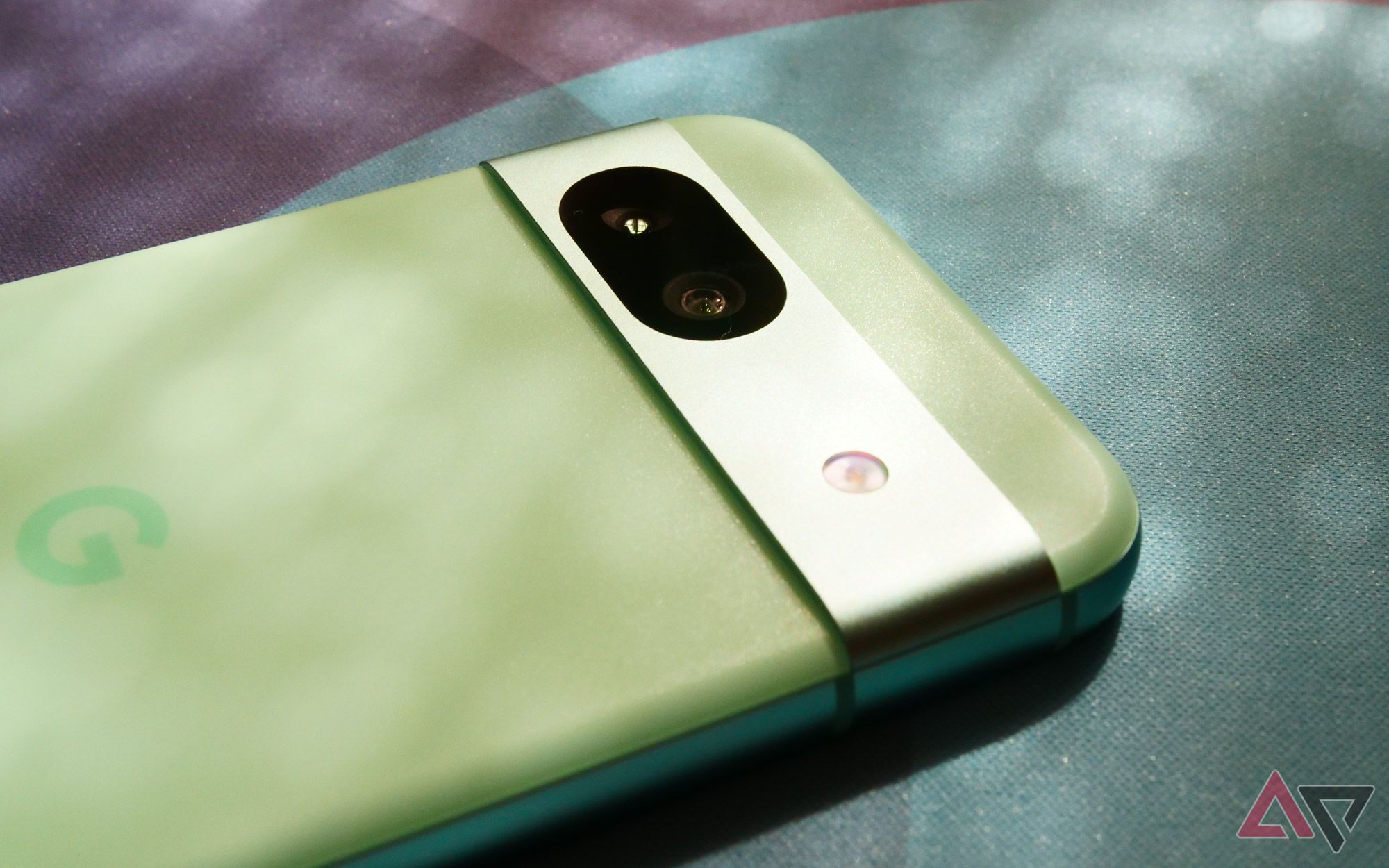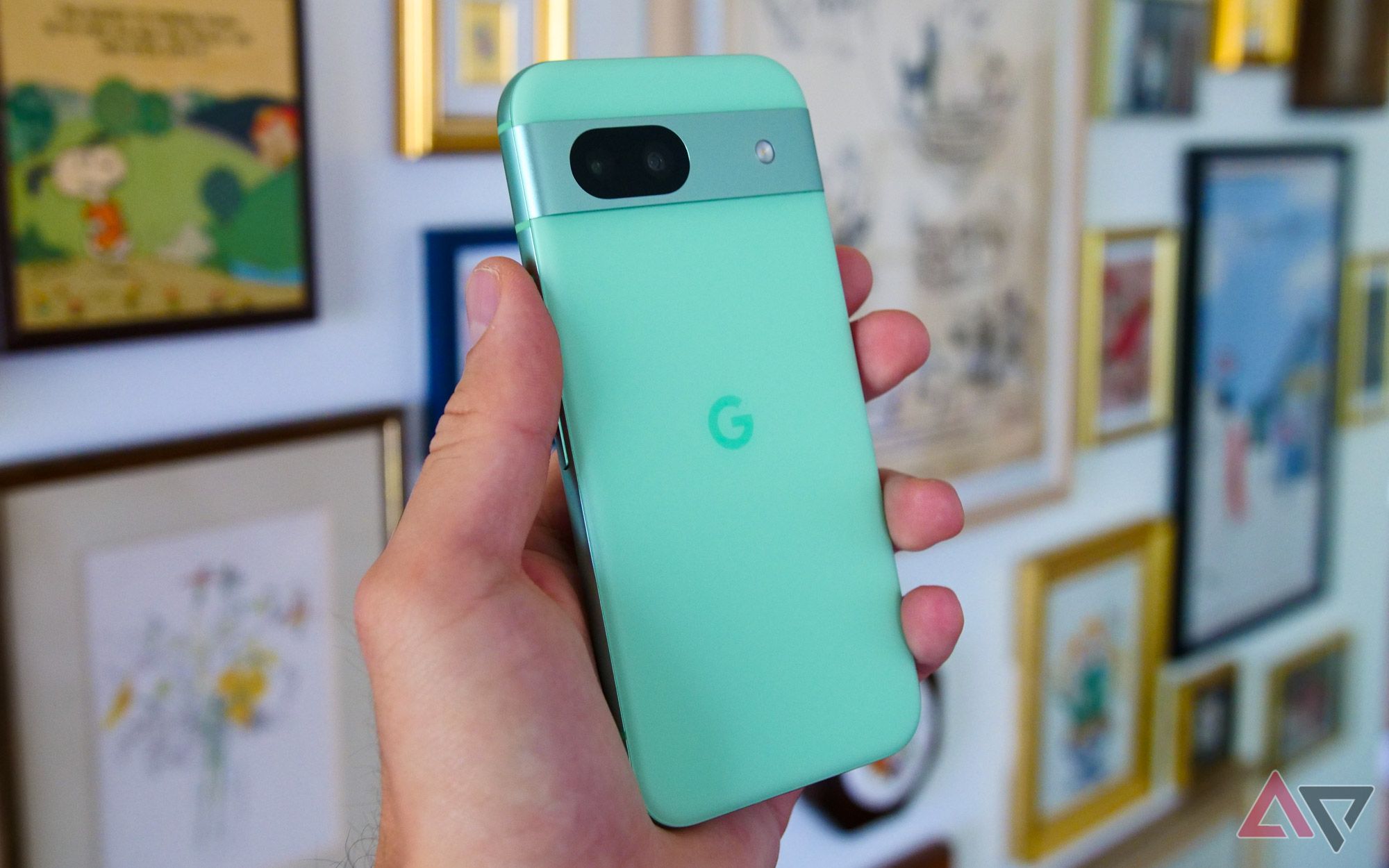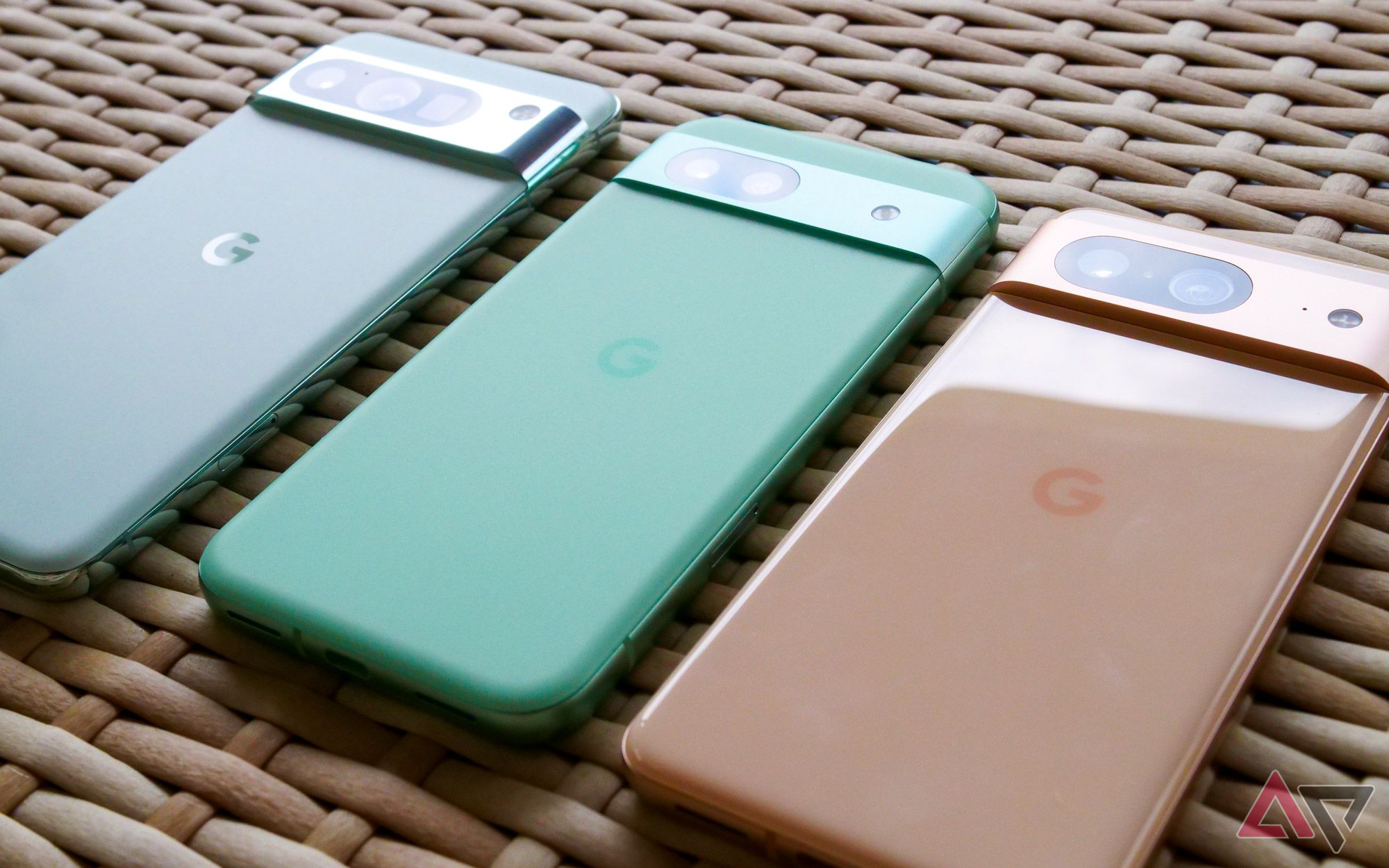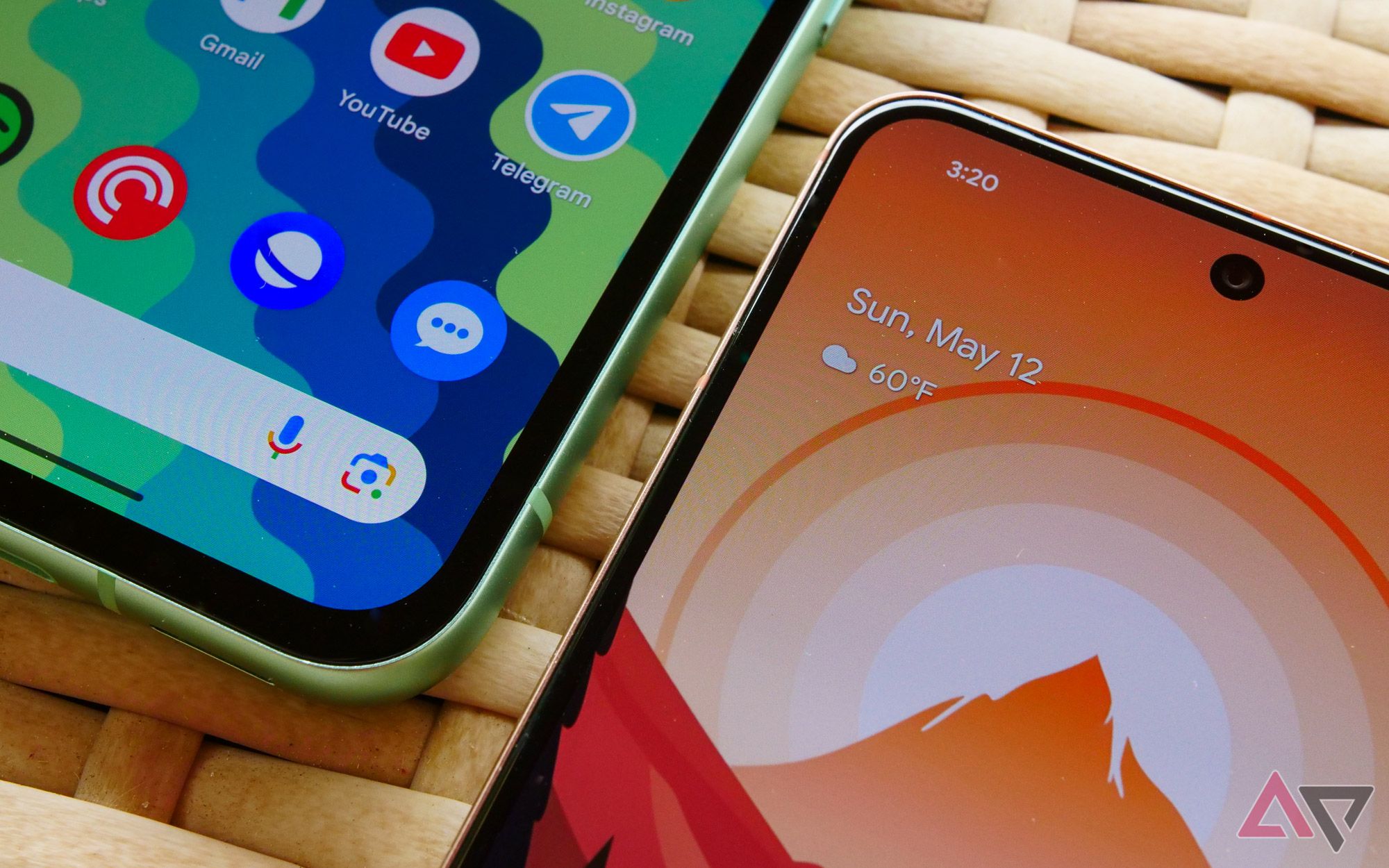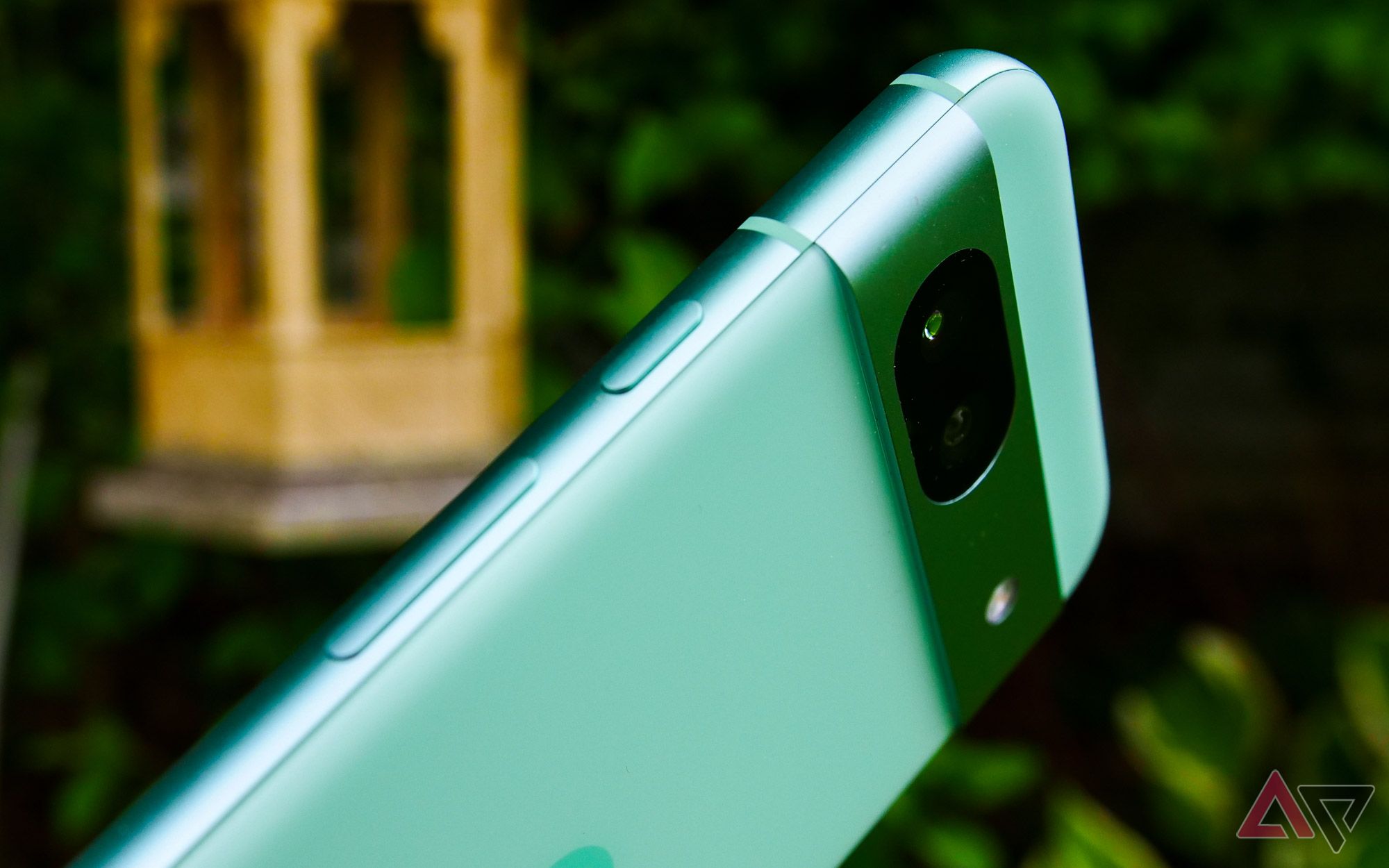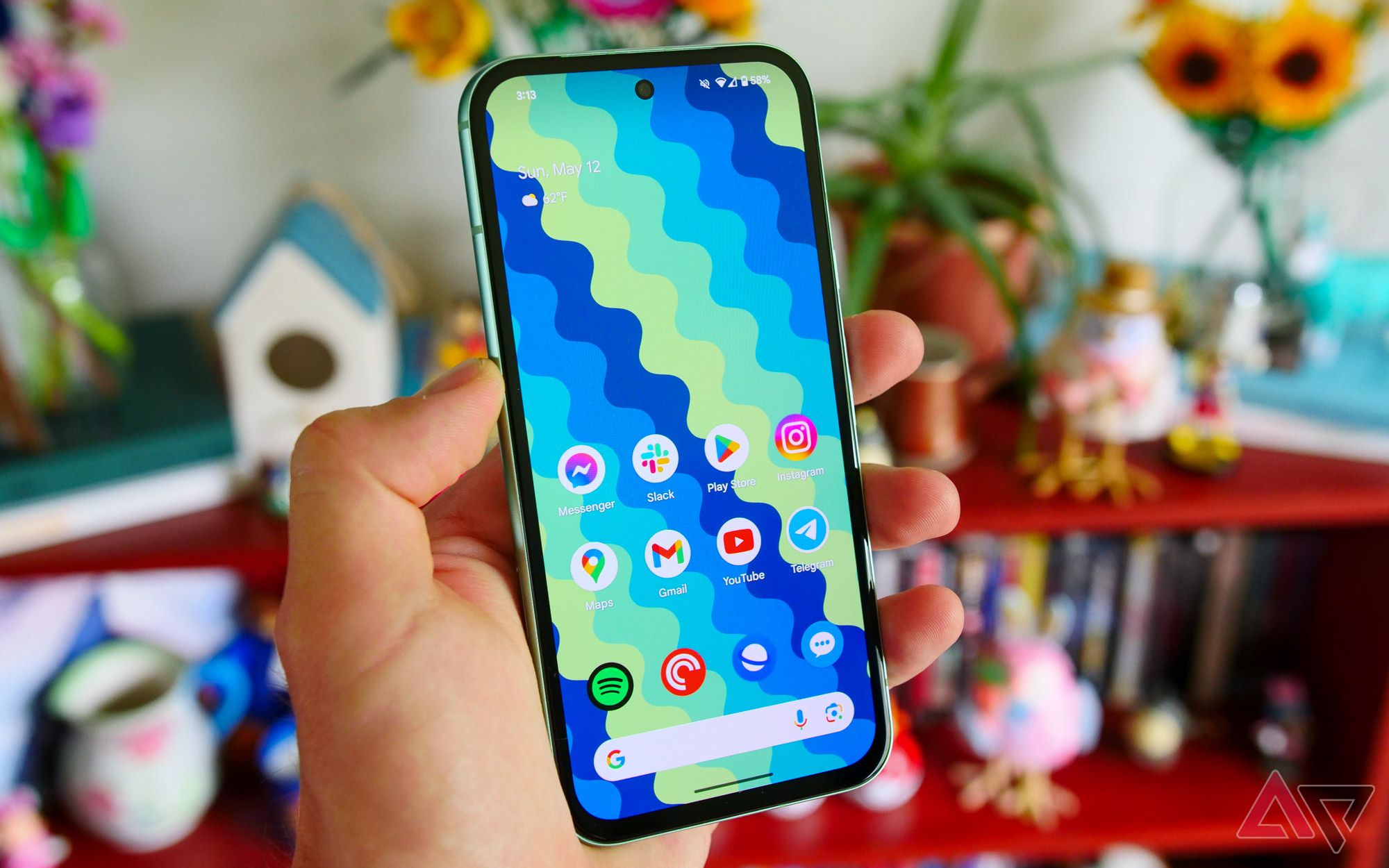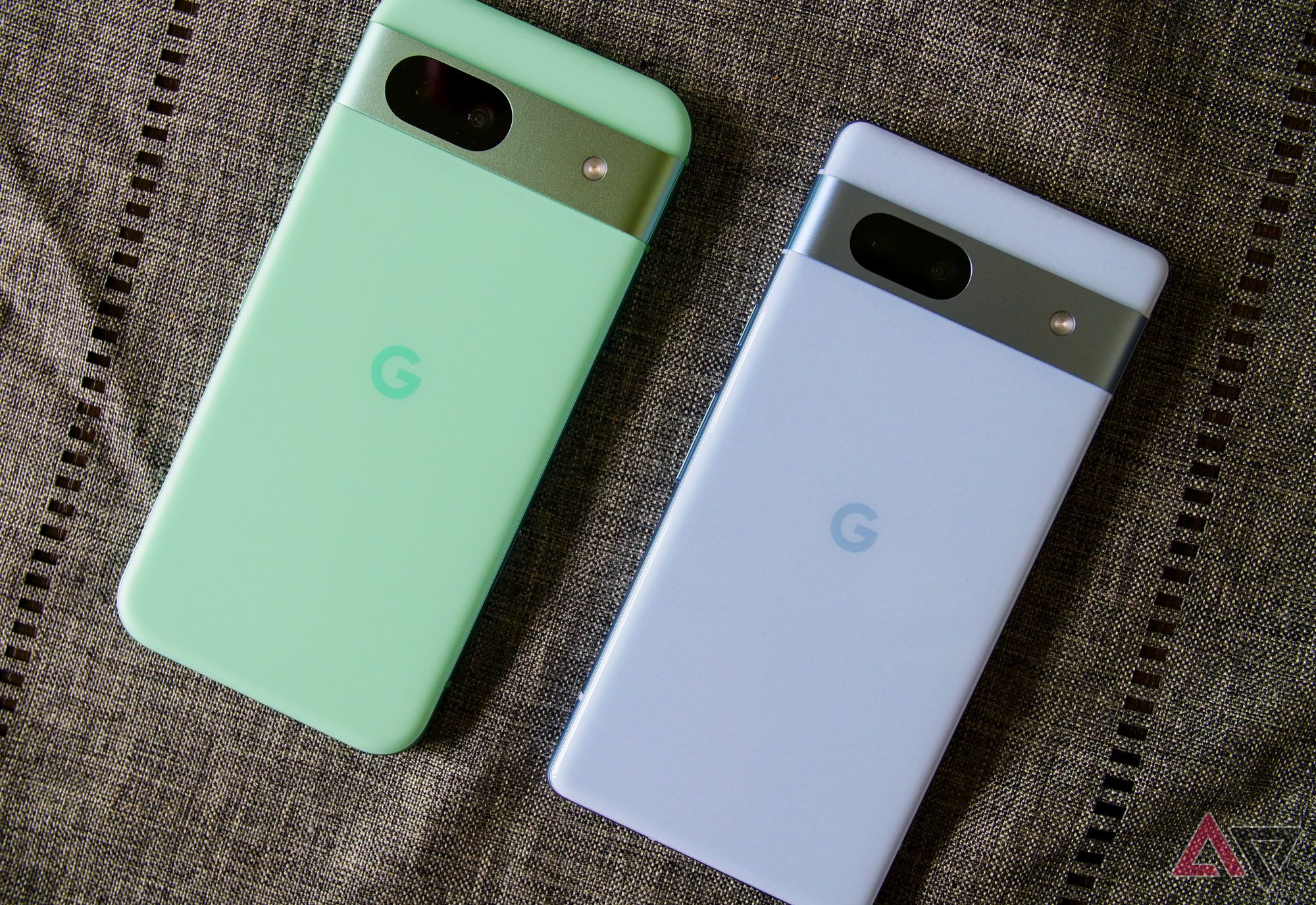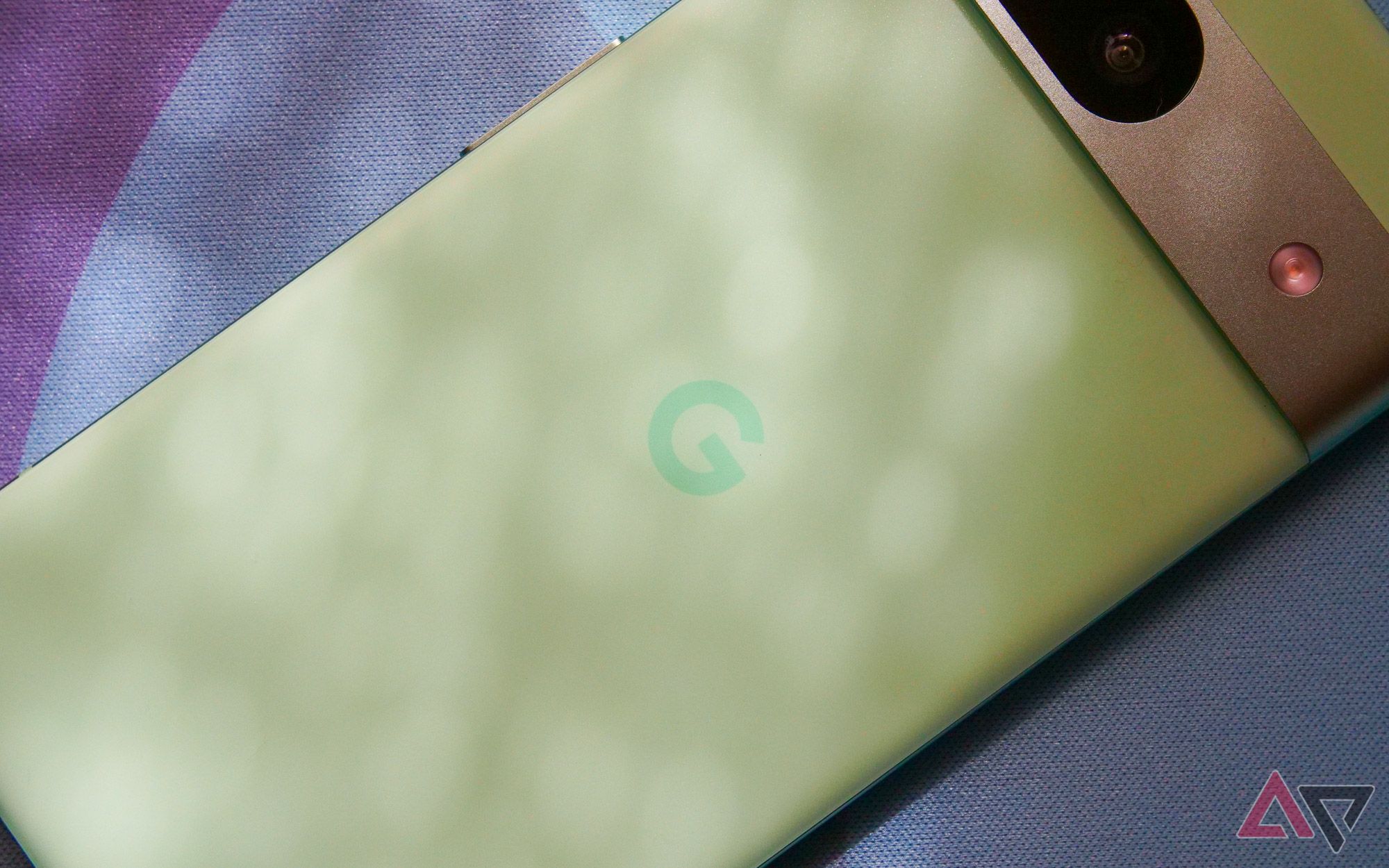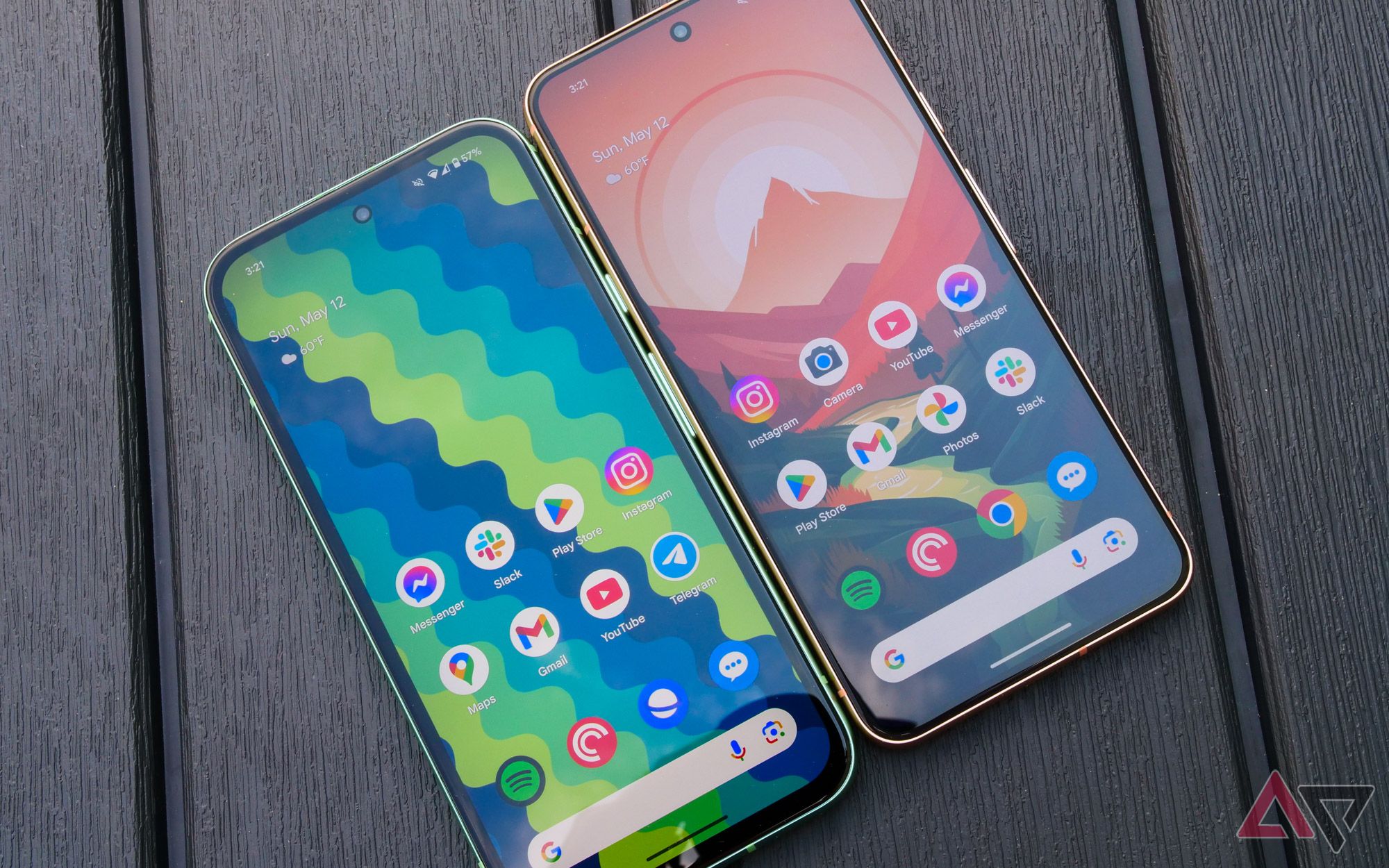Every question worth asking about the Pixel 8a seems to begin with a single, simple word: why? Why does this phone exist when it’s so similar to the Pixel 8? Why does this phone exist when the Pixel 8 is usually on sale for just $50 more? Why is Google still developing the A-series when last-gen hardware could easily take its place every fall?
After a week with the Pixel 8a, I’m not any closer to finding answers to those questions — and every day seems to present new ones, all equally impossible to answer. What I do know, however, is this: for as much confusion as we all might feel about the Pixel 8a, even at full price, it’s a pretty great phone for the money. However, whether we all feel that way in a year or two is impossible to know.
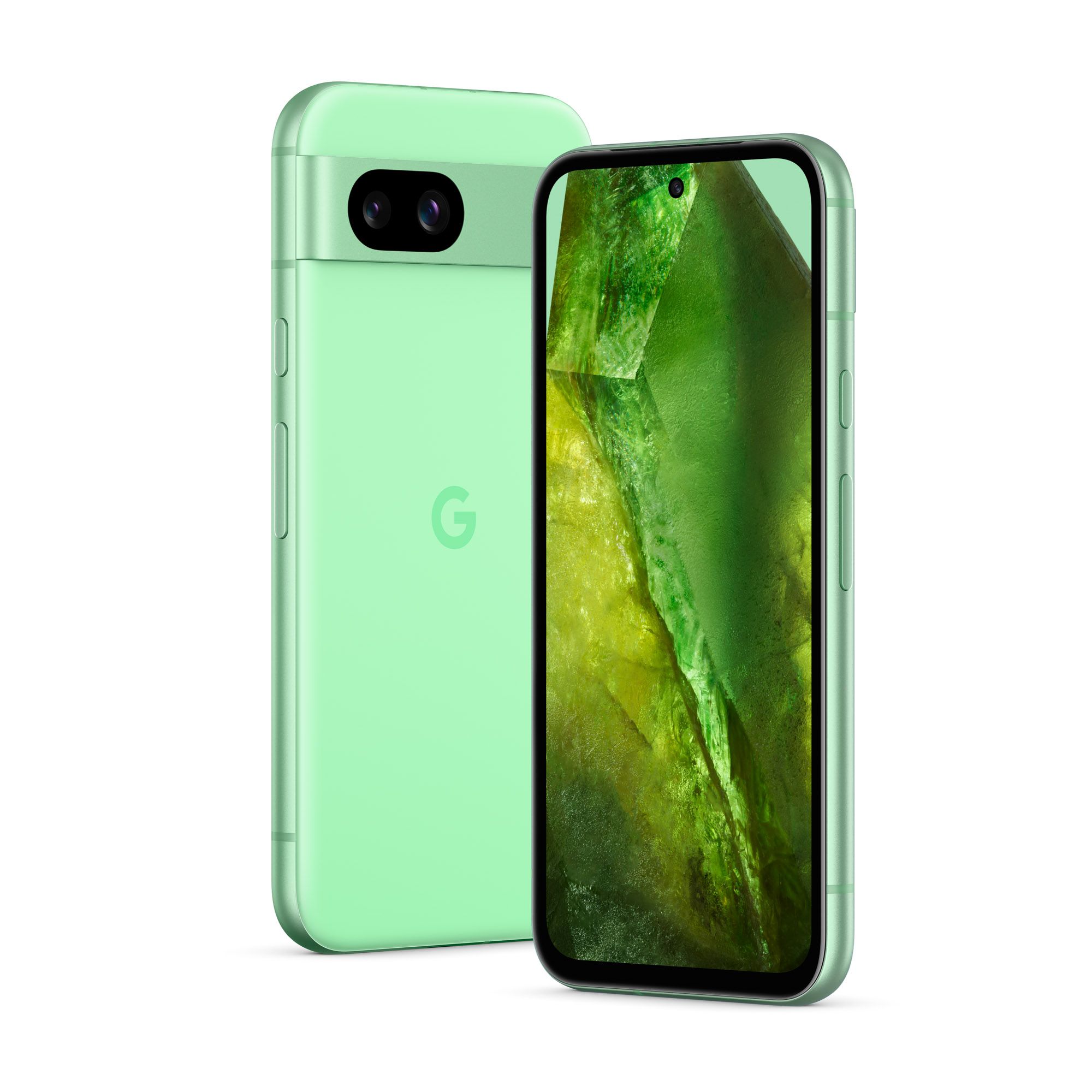
Google Pixel 8a
Google’s latest midrange phone is, effectively, a slightly cheaper take on last year’s $700 champ. It combines more modern specs with a familiar camera, all wrapped up in a surprisingly nice plastic package. But whether it’s worth picking up over a discounted Pixel 8 is a tougher decision than you might think.
- Plastic back feels surprisingly great
- Long-lasting software support
- Still the best camera quality on a $500 smartphone
- No camera improvements year over year
- Large, uneven bezels
- How many futuristic AI features will this phone actually get?
Availability and network
More countries, same price
After its surprise announcement on May 7th, the Pixel 8a hit store shelves on May 14th. It’s available from Amazon, Best Buy, and Google’s web store, alongside all three major carriers in the US and select MVNOs like Google Fi. It’s available in four colors — Obsidian, Porcelain, Bay, and the A-series exclusive Aloe seen here — and starts at $500 for the 128GB model. For the first time, this year’s budget Google phone also comes in a 256GB configuration for $60 more, though it’s only available in Obsidian. As usual, you’ll find some pretty great deals on the Pixel 8a pretty quickly.
Just as with the Pixel 8 and Pixel 8 Pro, the Pixel 8a is available in Austria, Australia, Belgium, Canada, Czech Republic, Denmark, France, Germany, Ireland, Italy, Japan, Netherlands, Norway, Poland, Portugal, Singapore, Spain, Sweden, Switzerland, Taiwan, United Kingdom, and the United States (with, as Google helpfully notes, the exception of Puerto Rico).
Specifications
- SoC
- Google Tensor G3
Design and display
You win some; you lose some
Just as with the last two generations of A-series devices, the Pixel 8a looks nearly identical to its budget flagship counterpart. Despite the more affordable price point — and the corners presumably cut to achieve said price point — I prefer this device’s overall look and feel over last year’s Pixel 8. The camera bar is nearly flush with the plastic back, making the chassis feel far more svelte, while the rounded aluminum frame seems to fit even more comfortably into the palm of my hand.
The real win comes from the matte finish of that plastic back. I can’t pretend to understand Google’s reasoning behind the textures used on its latest phones — matte is apparently both budget and premium, while glossy glass is, I guess, a secret third thing — but I appreciate the change regardless. I also quite like the bold, saturated look of my Aloe unit, which, depending on the lighting, can sometimes look as blue as it does green. Your mileage may vary depending on how you feel about it, though; talking to other reporters at Google I/O, this shade, in particular, seems like a love-it-or-hate-it situation.
This is a phone I want to hold in my hand more than any other recent Pixel. It’s also a great argument for the return of plastic backs, as I feel far less concerned about carrying this phone around caseless than either of its siblings.
Owing to its A-series status, there are some obvious signs showcasing this device’s relatively affordable price. The camera bar features a rather unsightly seam between it and the rest of the phone’s frame, a far cry from the single piece of metal used on the mainline Pixel 8. Likewise, despite weighing a gram heavier than last fall’s phone, the Pixel 8a’s weight distribution lends it a cheaper feel in a way I have difficulty putting my finger on. Thankfully, it’s only noticeable when holding both devices at once — an experience most consumers won’t face.
But really, it’s the display that makes the Pixel 8a feel like a budget device. It’s impossible not to notice the larger bezels surrounding its 6.1-inch 1080p display. Although its prominence faded into the background after an hour or two with the phone, it was an awkward first impression. I’m not sure I’d be as bothered if the bezel was uniform around the screen, but like last year, it’s got a chin just a touch longer than its forehead.
It’s not just the bezels, though. The Pixel 8a uses a G-OLED panel rather than P-OLED and swaps out Gorilla Glass Victus for Gorilla Glass 3. The result is a cheaper-looking and feeling display, lacking the all-black finish and premium glass of the standard Pixel 8. Again, you’ll only notice these differences with the phones lying side-by-side on a table, but considering how similar the two devices are, these observations could sway some shoppers one way or the other.
While the bezels might be unchanged from last year’s Pixel 7a — I measured — the panel Google is using here marks a significant improvement. The Pixel 8a’s screen sports Actua branding this year, and to my eyes, it lives up to it. I didn’t like the Pixel 7a’s panel at all; despite the upgrade to 90Hz, I found its appearance grainy and a bit too dim for my liking.
With the Pixel 8a, the 120Hz panel looks virtually identical to the slightly larger screen on the Pixel 8; it even sports the same peak and HDR brightness ratings. Outside the smallest amount of shimmer when looking at the phone off-angle, I can’t find much to complain about this year — save for that higher refresh rate.
Once again, Google is shipping the Pixel 8a with Smooth Display disabled, guaranteeing thousands of users will never get the benefit of the faster screen. Google tells me this setting should turn on if you’re moving from a previous Pixel using higher refresh rates, though when I restored from my Pixel 8, this wasn’t the case. You’ll also need to dive into developer settings to lock the phone at 120Hz, as on more than one occasion, I noticed some unexpected, unexplained frame drops.
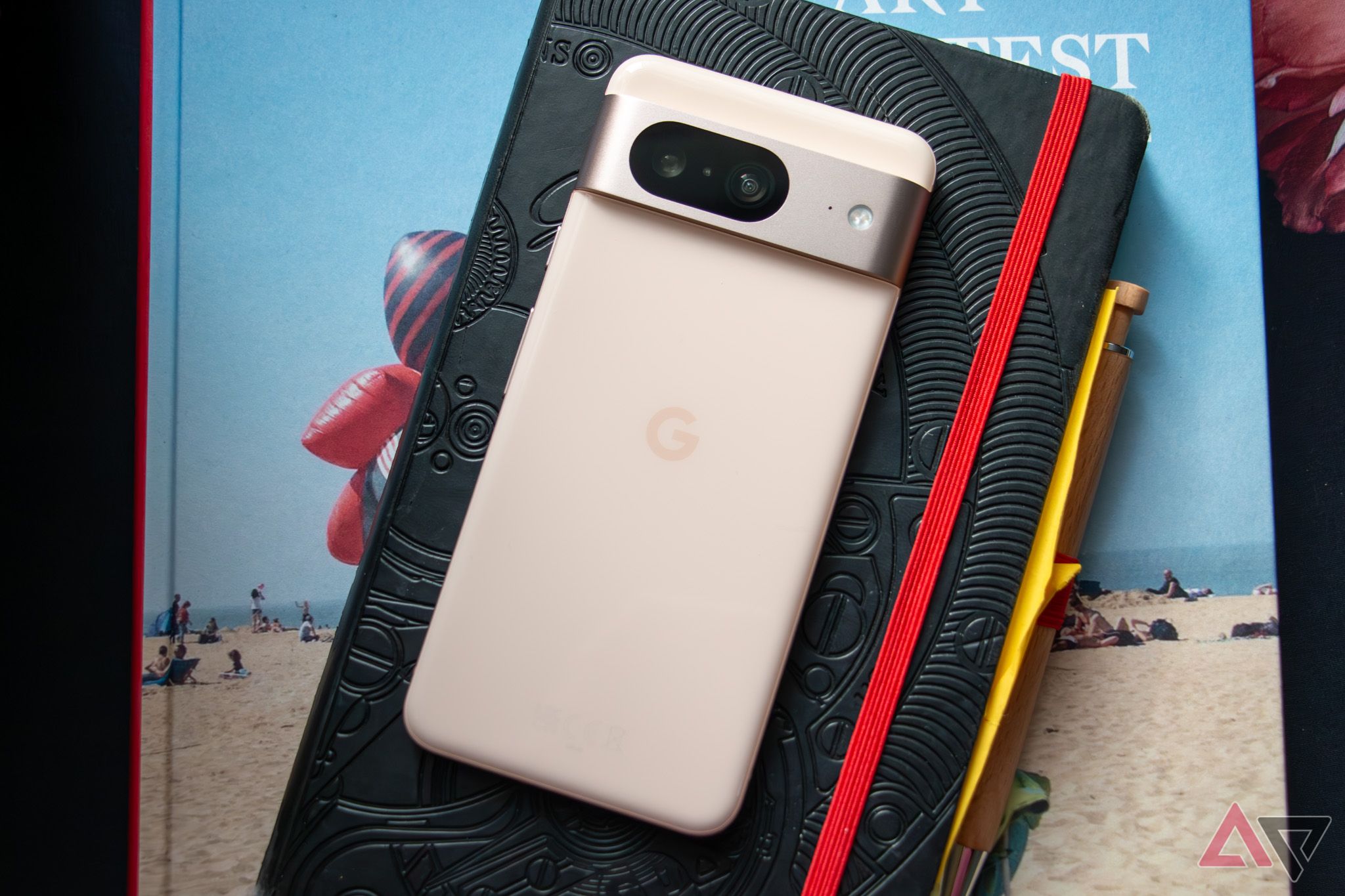
Google Pixel 8 review: The Pixel for the masses
The Pixel 8 doesn’t need every feature the 8 Pro offers, it’s packing more than enough
Other hardware and what’s in the box
This is one familiar experience
The Pixel 8a’s speakers and haptic engine seem just a touch worse than their respective counterparts on the Pixel 8, though it’s entirely possible it’s all in my head. The speakers seem particularly quiet until cranked up past 40 percent volume, while the small difference in haptics could be due to the difference between the glass and plastic back. Either way, neither provides a bad experience — just one that is perhaps a small step down from Google’s $700 model.
The buttons, meanwhile, are an improvement. The Pixel 8a’s power button and volume rocker are thicker, and I’m a fan. They’re clicky and responsive — you’ll want to summon Gemini constantly just to press that power button.
This year’s Pixel 8a supports the same improved face unlock features as the rest of the Pixel 8 series, and I remain a fan. While I wish it worked with sunglasses on, it’s a great supplement to the in-display fingerprint sensor, which occasionally struggled to detect my thumb on the first try.
The box contains the phone, a USB-C cable with a USB-A to USB-C adapter, a SIM tool, and the usual paperwork. Does anyone want to take bets on when they stop including those adapters? I give it two years.
Software and performance
Concerns today, concerns tomorrow
When it comes to Google’s current software strategy, I’m a little hesitant to recommend any modern Pixel, and those feelings are doubly true for the Pixel 8a. I have concerns about both the present and the future of this hardware in particular — let me break down why.
Taken at face value, I quite like the Pixel’s software experience. It’s clean, speedy, and looks good, even if I’ve long given up on the dream of uniform Material You-themed icons. Google has had some incredible ideas over the years — I still can’t believe no one ever copied its lock screen’s Now Playing tool — and after nearly a decade, it adds up to one of the most robust, modern-feeling smartphone experiences you can buy today.
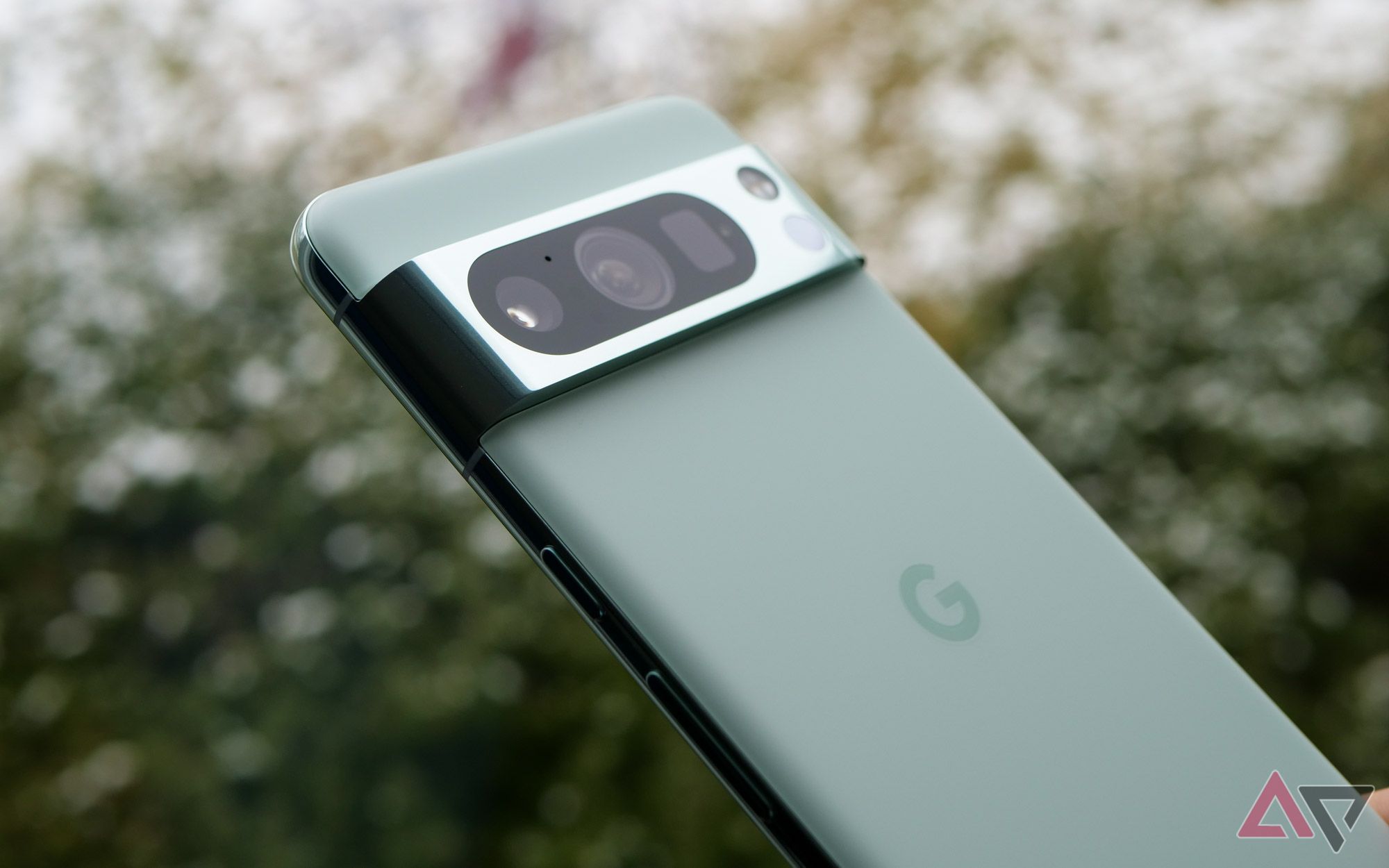
Google’s inconsistent Pixel experience makes its phones impossible to recommend
Three generations into the Tensor experiment, the time has come to stop making excuses for Google’s buggy software
Google’s Pixel software has also become notoriously buggy since we entered the Tensor era. While I haven’t seen any major issues on the Pixel 8a thus far, I can’t say with any degree of certainty that that won’t change after a rushed Feature Drop or a screwy security patch. We’ve seen some issues with the other two devices in the Pixel 8 series, and until Google goes more than a few months between major software issues, I do have to raise these concerns when speaking about its smartphones.
That’s not my only worry when it comes to how the Pixel 8a operates months down the road, though. Google graced this phone with the same seven years of software support it delivered on the Pixel 8 and 8 Pro, and I’m happy to see it here. But after sitting through two hours of AI-themed announcements during I/O this year, I don’t think it’s long before this device falls behind in terms of full-feature support. You’ll get updates for years to come, but don’t hold your breath for every leap in AI to arrive here.
All of these concerns about the future aside, the Pixel 8a does offer practically the same experience as you’ll find on the regular Pixel 8 — Gemini Nano is even coming as a developer option, just as we saw on the company’s 2023 smartphone. Just be prepared to be left out of some of Google’s more futuristic features this fall; for those, you’ll probably need to wait for the Pixel 9.
Tensor G3 feels like a known factor at this point. It’s a better chip than Tensor G2, but it still feels a significant step behind Qualcomm’s last couple generations of Snapdragon 8 SoCs. The previous Pixel A-series phones have benefited from their respective Tensor chips landing in cheaper hardware. Still, with the OnePlus 12R utilizing a Snapdragon 8 Gen 2 at the same price point, the Pixel 8a’s processor choice just isn’t the advantage it once was.
Still, for $500, the Pixel 8a does match the performance of the more expensive Pixel 8 — for better and worse. On one hand, I didn’t notice any major slowdowns or moments of sluggish performance during my first week with the phone. On the other hand, I did get one moment of Tensor’s signature overheating problems. Granted, this occurred while stuck on a warm plane on the tarmac with a poor (but not unusable) cellular connection. But I’d be failing my duty as a reviewer if I didn’t mention that the aluminum frame got so hot it hurt to hold. Ah, Tensor — never change (but also, please change).
Camera
Wait, haven’t I already reviewed this?
For the first time in a while, there’s truly not much to say about a Pixel’s camera quality. The Pixel 8a uses the same primary and ultra-wide sensors as its predecessor, which, at the risk of sounding reductive, took good photos. I do find that images on both the Pixel 8a and its predecessor appear just a touch less saturated than on the mainline series, but if anything, some people might prefer the look.
Like on the standard Pixel 8, you won’t find a dedicated telephoto lens here. I found the Pixel 8a excelled at taking cropped 2x images on its 64MP main sensor, but once you zoomed past 3.5x or so, images started getting particularly mediocre. The ultra-wide lens captures images at 120 degrees, a far cry from the 126-degree sensor on the Pixel 8, but good enough for the occasional group shot. Meanwhile, the 13MP front-facing camera is also unchanged, presenting good-enough selfies of you and your beloved orange cat (YMMV on said orange cat).
The only change worth mentioning is the addition of Ultra HDR support, which was previously seen on the Pixel 8 and Pixel 8 Pro. It’s nice to see this feature coming to more affordable devices, even if it doesn’t make a huge impact once the photo leaves your phone.
Battery life
When “pretty good” is good enough
After an impressive first couple of days of battery life, the Pixel 8a has settled into an expected groove. On average, I’m looking at four to five hours of screen-on time, with this range swinging higher or lower depending on whether you’re connected to Wi-Fi or not. It’s practically identical to my experience on the Pixel 8, which makes plenty of sense when you consider both phones feature the same processor and very similar batteries.
Put through the back-to-back stress test of a full day’s worth of air travel and Google I/O, the Pixel 8a struggled to keep up without a battery bank nearby. That’s true of all but the most efficient phones, though, and it was far from some of the catastrophic battery tests I saw on the Pixel 7a last year. I wouldn’t call this phone a battery champ, but it’s perfectly fine as is. Here’s hoping Tensor G4 continues its trek toward Snapdragon levels of efficiency.
Google’s entire Pixel portfolio features some truly lackluster charging speeds, and that’s no different here. You’re looking at 18W fast charging over PD — I’m using “fast” pretty loosely here, unlike Google — and up to 7.5W wireless charging, assuming you have a Pixel Stand (which you don’t). Otherwise, you’re stuck at 5W, which is good enough for an overnight charge, but not much else.
Competition
Did we really need the Pixel 8a this year?
For as many times as I’ve mentioned the Pixel 8 in this review — and for as much of the conversation around this phone has been dominated by comparisons between the two — you’re probably wondering if you should spring for that phone instead. I’ve already shared my thoughts on this in my initial impressions piece, but the short answer is simple: buy the cheaper one that fits within your budget.
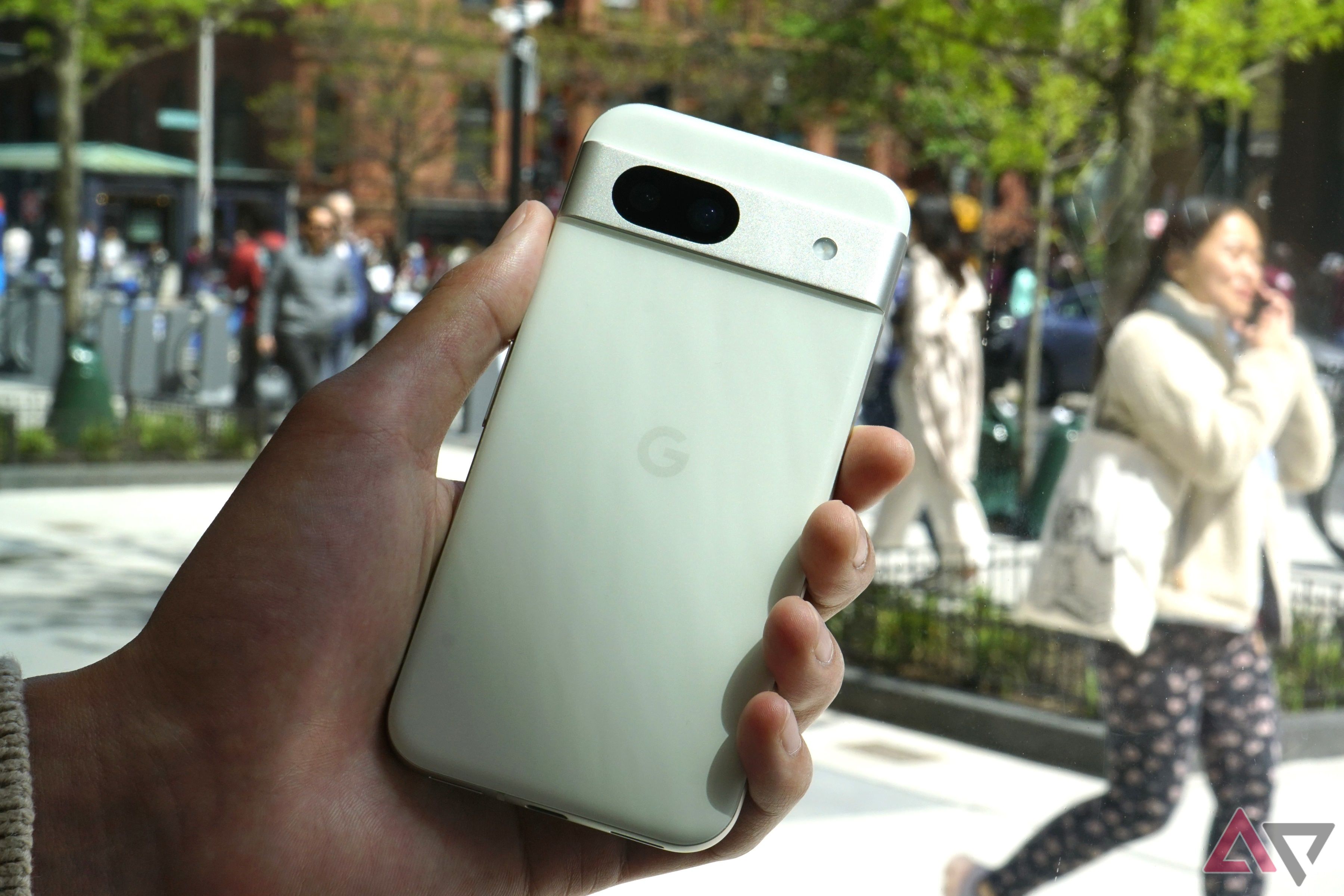
The Pixel 8a might be my favorite Google phone yet, but I’m still not sure I can recommend it
Just because I’m having a great time with Google’s latest $500 smartphone doesn’t mean you will
Yes, the Pixel 8 routinely drops to $550 on sale, up to and including the day this phone was announced. But I have a strong feeling both of these phones will go on sale simultaneously throughout the rest of 2024, so if you’d rather pick up the Pixel 8 at a discount, it’s hard to go wrong. And hey, if Google’s constant sales pricing means you can score the Pixel 8a for $400, it probably should be, but that’s not such a bad thing either.
The OnePlus 12R is the other obvious contender, and thankfully, it’s aimed at such a different audience that picking between the two seems pretty easy. If you’re after a long-lasting software policy, excellent camera quality, or a smaller chassis, go with the Pixel 8a. If you value specs above all else—if you’re looking for the ultimate price-to-performance ratio—the OnePlus 12R is your choice.
Should you buy it?
I’m not sure I’ve ever felt so conflicted answering a question like “should you buy it?” than with this phone, especially considering how much I overall enjoyed my time with it. If you can accept all of the caveats that come with a Pixel recommendation — the unsatisfying nature of Tensor, the risk of future bugs, questions surrounding new AI abilities arriving on this hardware — I think it’s a great pick, even at its full MSRP. Factor in carrier deals and trade-in offers, and most Pixel 8a owners will never pay $500 for this phone.
But the Pixel 8a doesn’t live in a vacuum. All of Google’s hardware gets discounted regularly, and carriers routinely hand these things out for practically free. And as Google has built out its lineup of Pixel phones, we’ve seen the series become more confusing than any other current Android OEM lineup. As much as I’ve enjoyed using this phone, it’s all too easy to imagine consumers opting to spend just a little more on a discounted Pixel 8 — or, as we get closer to the fall, waiting for the rumored Pixel 9 trio. Frankly, it’d be hard to blame them.

Google Pixel 8a
The Pixel 8a wants you to forget the Pixel 8 ever existed. With crucial upgrades over its predecessor, including a brighter display, faster processor, and larger battery, Google’s latest mid-range smartphone is the perfect combination of speed and AI smarts. And with seven years of OS upgrades, it’s the longest-lasting $500 smartphone you can find today.
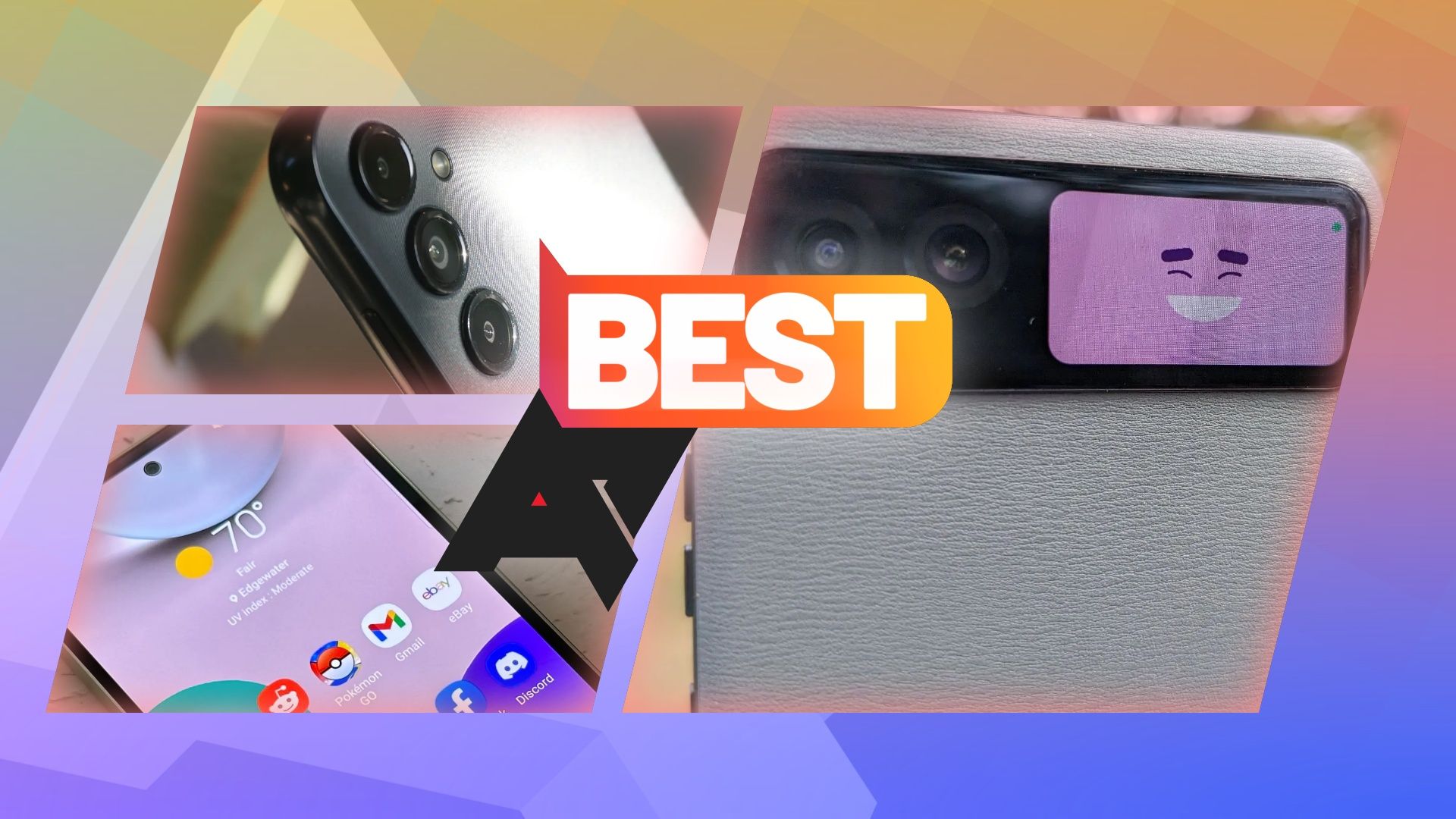
Best budget Android phones in 2024
These days, you don’t have to pay through the nose to get a decent phone




